Ndutu Conservation Area
Ndutu Conservation Area

Quick links
Ndutu Conservation Area • Photographic highlights • Weather & Climate
Best time to visit • Activities • Getting there • Where to stay
Getting to know Ndutu and the Ngorongoro Conservation Area
Pangolin Photo Host, Janine Krayer, shares her unforgettable journey to Ndutu with us in her latest video as she traverses the vast open plains of the Ngorongoro Conservation Area in the heart of the Serengeti. Pangolin Photo Safaris will return to Ndutu in Jan/Feb 2024, so if you would like to join us, take a look at this photographic safari here. Then, keep reading to learn more about Ndutu!
The Ndutu Region is a corner of sprawling grassland and woodland in Northern Tanzania and contiguous with the Ngorongoro Conservation Area. It stretches to the unfenced southern part of the Serengeti National Park. Ndutu forms part of the annual migratory route where enormous herds congregate for the calving season between November and March, depending on the rains. Then, naturally, their predators follow.
While the Ndutu region shares an open border with the Serengeti National Park, you would still require a pre-arranged permit to enjoy a day trip into the park. However, this open border allows wildlife to move freely between the two regions.
One thing to love about Ndutu is the ability to move through several different types of landscapes, from open plains to the woodlands around Lake Ndutu – namely filled with the tall umbrella acacias and then, of course, the marshlands that span out across the lake. When making your way down to the lake, keep your eye peeled for leopards lazing in the branches of these beautiful big trees and the infamous tree-climbing lions that enjoy a siesta in the trees during the day. Of course, with all these beautiful trees – you are bound to see a stunning amount of birdlife ranging from eagles to flamingos.
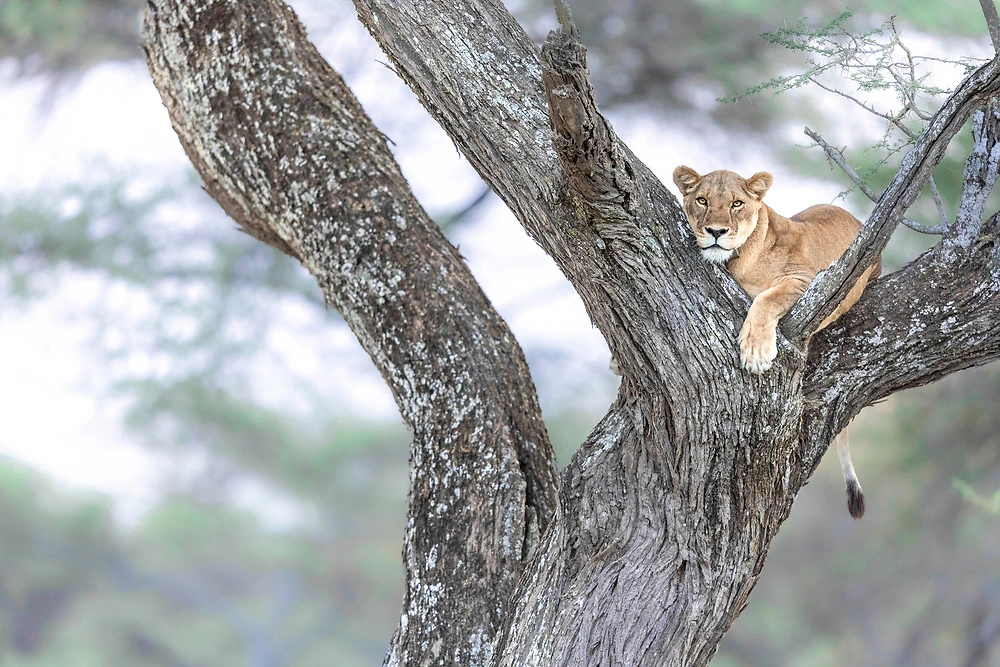
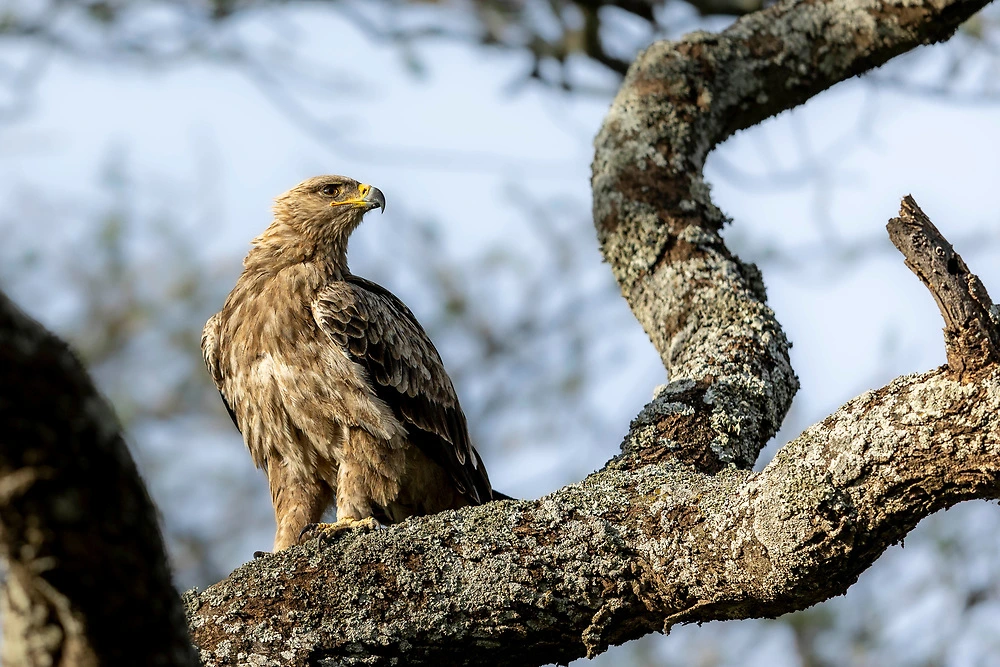
You’ll notice that the wildebeest migration is almost synonymous with the Ndutu region, and with good reason; it is one of the most astonishing phenomena that take place in this region. The great migration takes about a year to complete, and the animals travel around 1200 miles in search of fresh, palatable grass throughout Tanzania and Kenya.
The entire journey is dictated by the rain patterns in each region, which in the last couple of years have started to vary significantly, making the great migration harder to predict. Typically, the large herds will spend two to three months in the Ndutu area giving birth to their young, also known as “calving season”.
As the rain stops in Ndutu and the young have gained some strength, the zebra and wildebeest start travelling northwest to cross the Grumeti River and continue their journey into Kenya, where Pangolin Photo Safaris guide trips to photograph them in the Masai Mara between August and September.
The Ndutu region is an incredibly varied part of Tanzania. It has a fascinating variety of landscapes and features that are bound to leave you amazed, not to mention an array of birds and wildlife due to these different landscapes. The flamingos at sunrise and sunset are particularly fascinating to photograph as their contrasting colours with the lake and their silhouettes move to make for quite the show.

As we already mentioned, one of the most incredible elements of Ndutu is the Wildebeest Migration. While here, the great migration herds of wildebeest from East Africa make their home on the plains, alongside the resident wildlife, around Lake Ndutu for the calving season and give birth to approximately 400 000 calves during these months – a youthful abundance of wildlife, making for a once-in-a-lifetime sighting and, of course, incredible photographic opportunities.

With this abundance of new life, the park is teeming with predator activity. As a wildlife photography enthusiast, you can enjoy some of the region’s top predators during your trip. During this time, you will specifically find an abundance of lions, cheetahs, and hyenas and, with some luck – a leopard and even the African wild dog. If you spend more than a few days there, your possibilities of spotting some serval, African wild cat and caracal also increase.

The climate in the Ndutu region is generally moderate and quite pleasant, never getting too hot, but it is consistently cooler at night, and early morning, so we recommend packing for both. Afternoon temperatures are usually around 25 -30°C, and night temperatures are around 12-18°C.

During the calving season in Ndutu, the rains vary between “short rains” and “long rains” – In January and February, you have a little more of a dry spell after the short rains of November and December, and then the rains settle in between March, April and May – it is often cloudy and overcast with heavy rain most days but not for very long – similar to the Botswana Green Season.

April to mid-December are the dry season for the Ndutu area, where the wildlife starts to move off to follow the rains and the landscape of Ndutu dramatically changes, and Lake Ndutu is known to occasionally dry up, showcasing a beautiful bleached white salt pan.
As we now know, Ndutu offers a unique game-viewing experience that varies throughout the year. While you can plan a visit at any time, the months from January to April stand out as the most vibrant and captivating period. During this period, the renowned great migration flocks to Ndutu.
Wildebeests, zebras and gazelles come here to give birth to their calves and stay here until April. Thousands of animals are born every day, enveloping the entire region with its awe-inspiring presence. This remarkable event amplifies the game-viewing experience to a whole new level, making it effortless to choose the perfect time for your visit.

One of the biggest draw cards for Ndutu is the ability to off-road for sightings. You can get closer to the wildlife and spend more time with them before they disappear. A definite luxury, as off-roading, is strictly prohibited in the Serengeti.
As photographers, small details like this make a destination unique, and what makes this even more incredible is that this is the only reserve in Tanzania where you can drive off-road. Something to keep in mind, the park closes at 18:30 even with a filming permit, so although sunset is usually around 19:00, you’ll need to be back in camp before then.

Another unforgettable experience would be a hot air balloon trip over the Ngorongoro Conservation Area; it is important to note, though, that this is only offered in the Ndutu area between the 20th of December and the 31st of March.
When travelling to Ndutu in Tanzania, the usual point of arrival is Kilimanjaro International Airport. Daily flights from Kilimanjaro or nearby Arusha are available, heading towards Ndutu. Ndutu has its own airport with a gravel runway, and the flight duration is just slightly over an hour.
Alternatively, you have the option of taking a more scenic route. If you’d like to, you can also spend a night in Arusha, especially if you’re travelling from far away and your flight times don’t quite line up with the flight to Ndutu. Arusha has great accommodations, especially in the coffee plantations, which allows for an exciting and different experience before your safari experience.
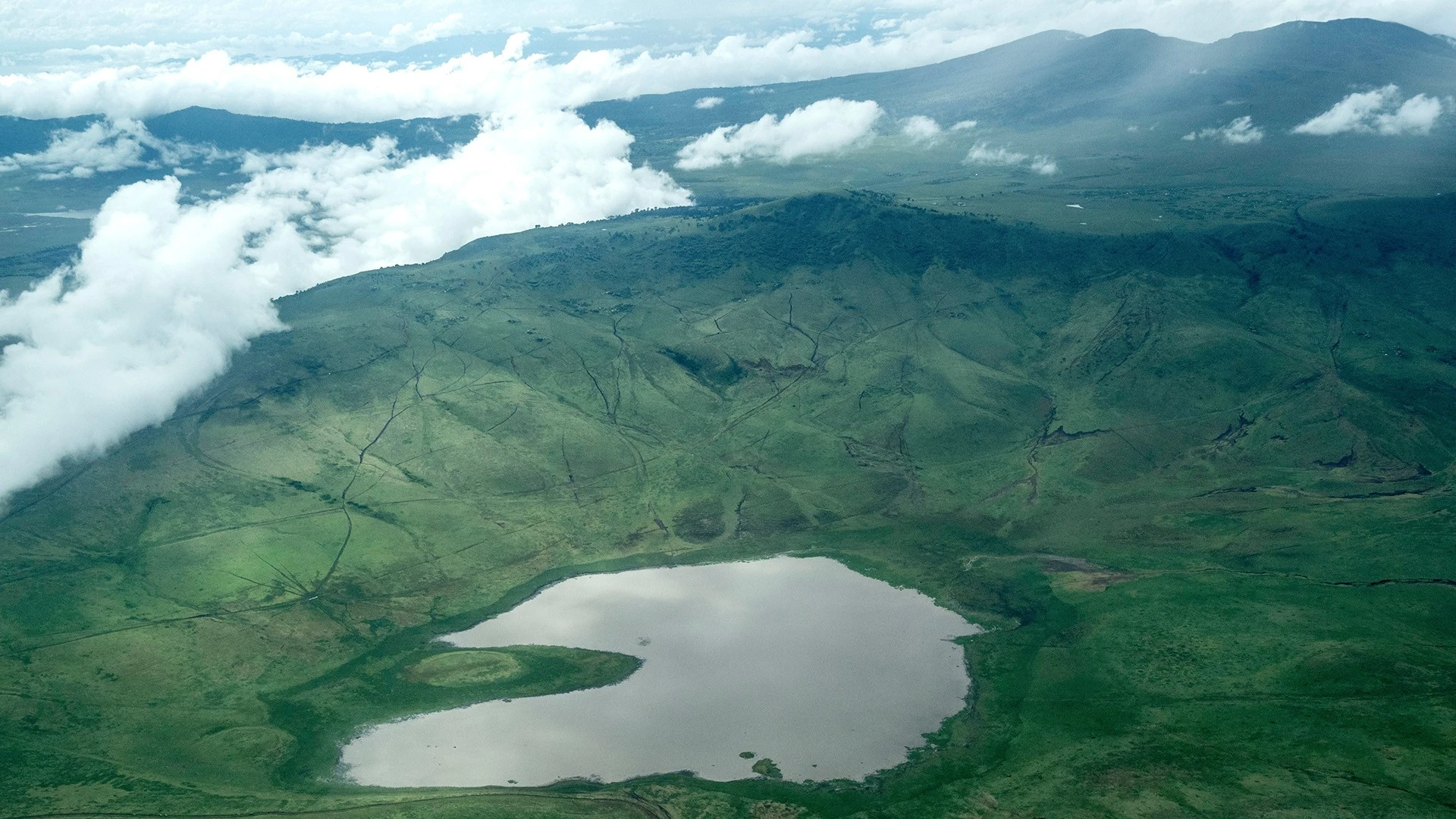
If you want to extend your arrival even more, it’s worthwhile to consider a brief visit to Arusha National Park. Located on the outskirts of the city, the park offers stunning views of Mount Meru and provides an opportunity to spot and photograph Black & White Colobus Monkeys.
Directly driving from Arusha to Ndutu can be time-consuming. However, a trip to the renowned Ngorongoro Crater area would make the trip worthwhile! To reach Ndutu, you would drive along the rim of this remarkable landmark, considered one of Africa’s natural wonders. When you reach the top and witness the breathtaking views of the crater floor, you’ll definitely want to spend more time exploring.
The journey from Arusha to the Ngorongoro Crater takes approximately three to four hours, and it takes an additional two hours from the crater to reach Ndutu itself.
Ndutu Wilderness Camp is a classic, intimate tented camp with ten spacious tents in the heart of the Ndutu plains meaning there is never a long commute. All tents have solar lighting, en-suite bathrooms, and comfortable quality beds and furnishings. The camp itself is located very centrally in Ndutu. It is close to the Serengeti open border and Lake Ndutu, where you can often spot a large group of flamingos and photograph them at sunrise.

The staff are extremely friendly, ensuring all have a great time and will look after you during your safari. A private safari chef will prepare various meals during your stay, and meals are served in a beautiful large dining tent. When you’re not out on safari, enjoy the communal lounge with wifi and download your images with a refreshing drink from the bar.
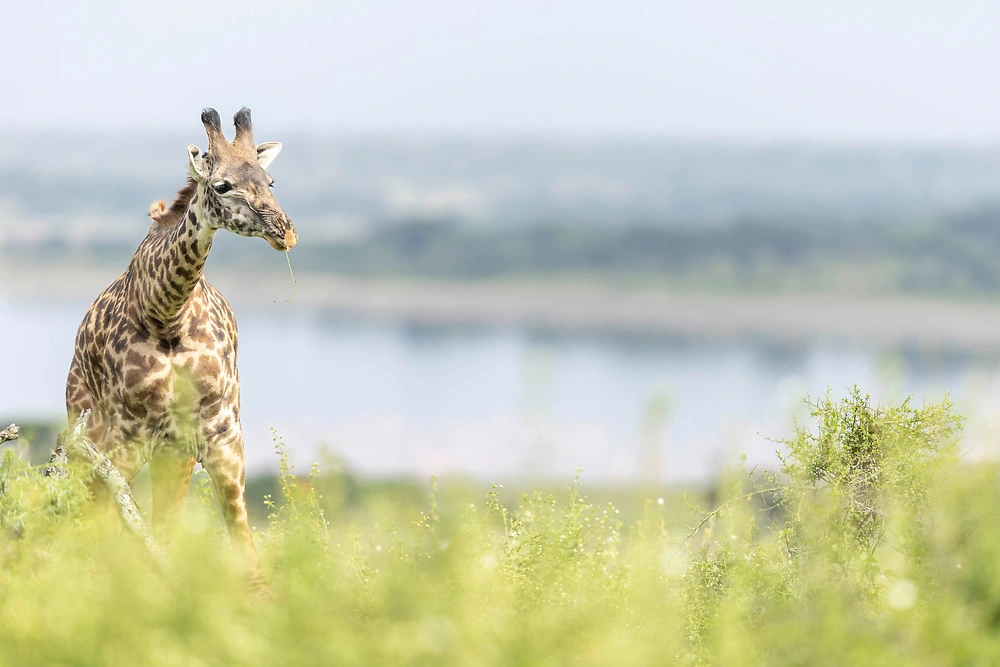
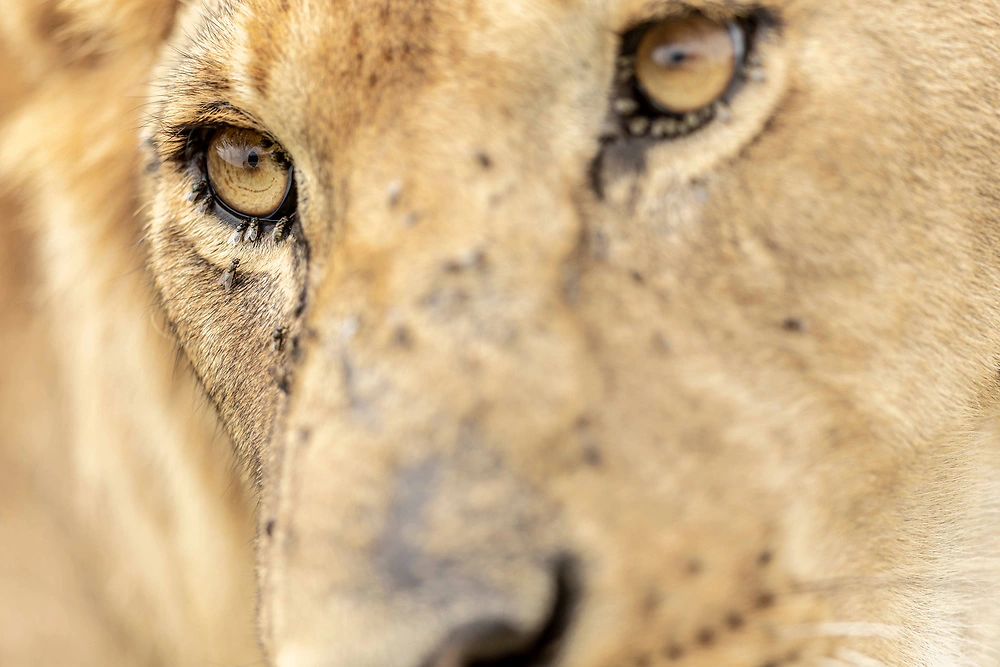
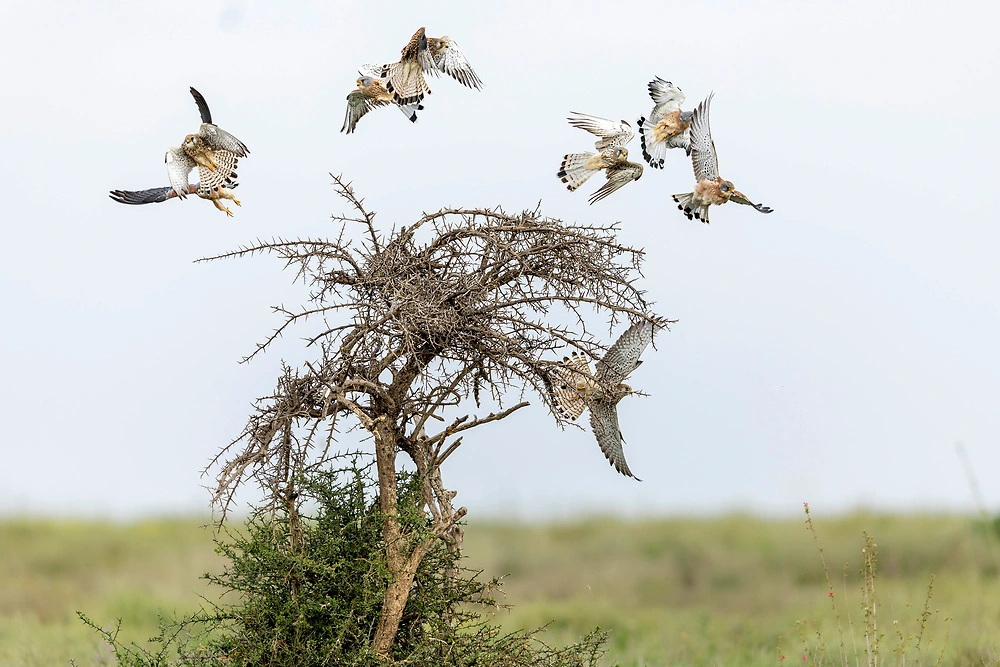
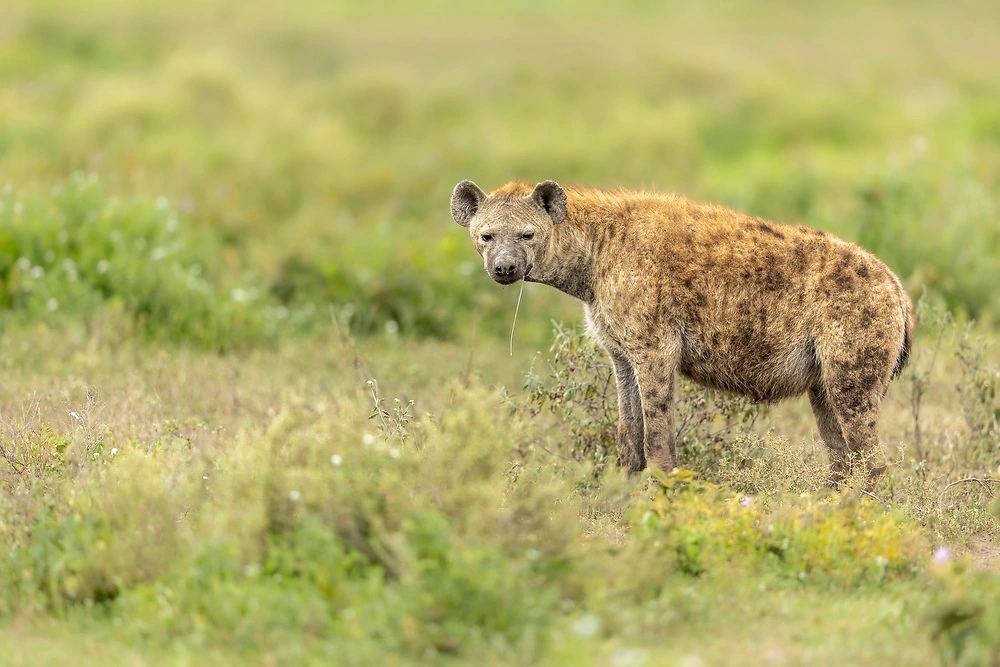
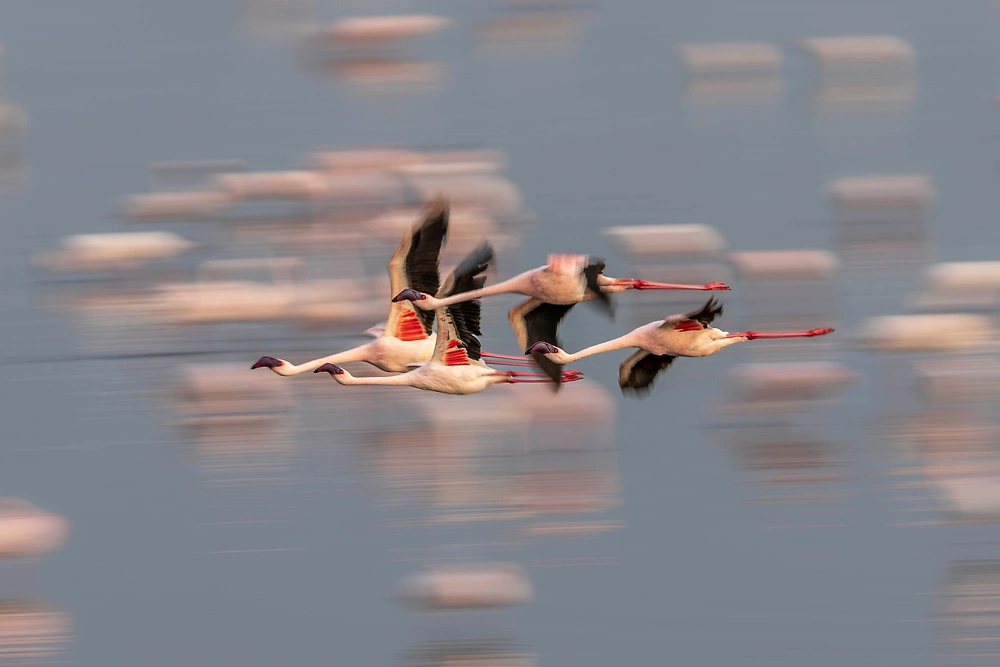
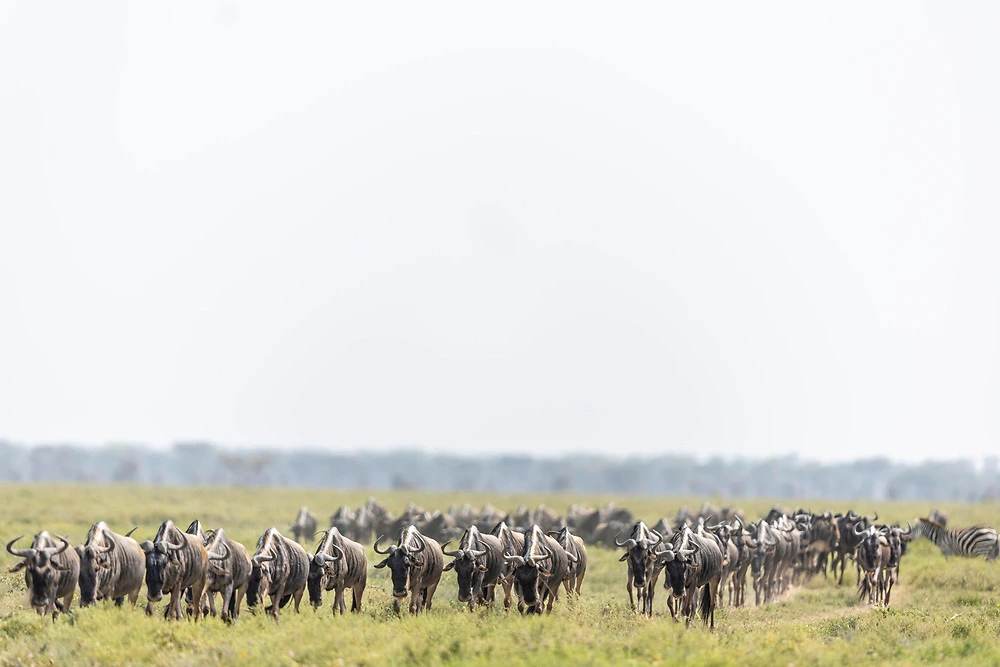
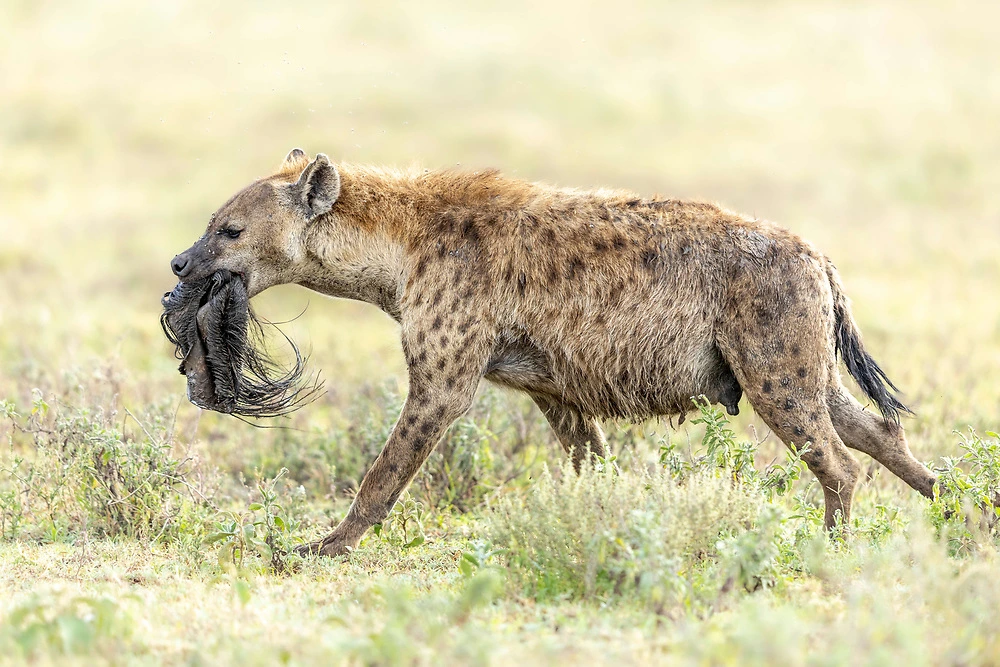
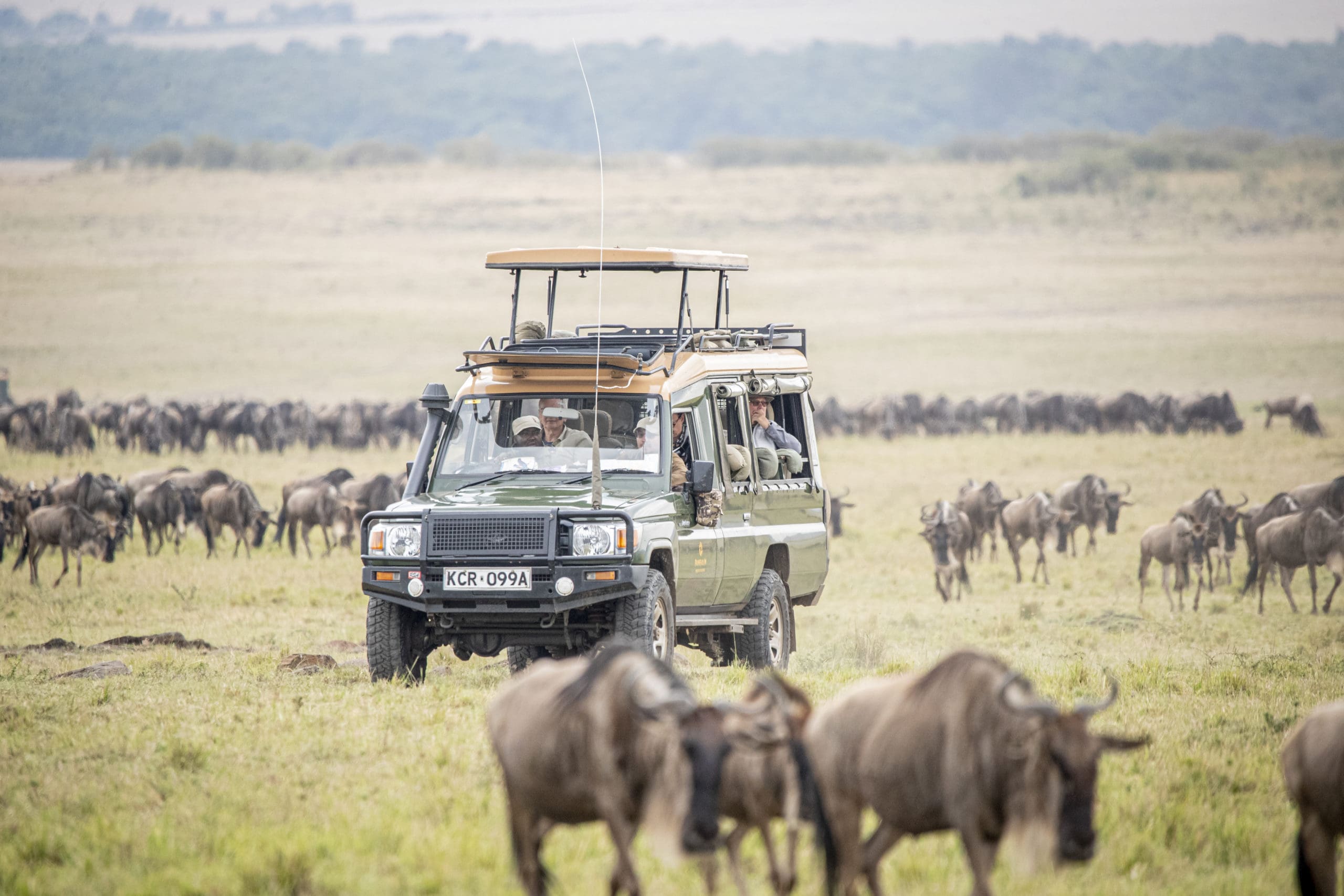
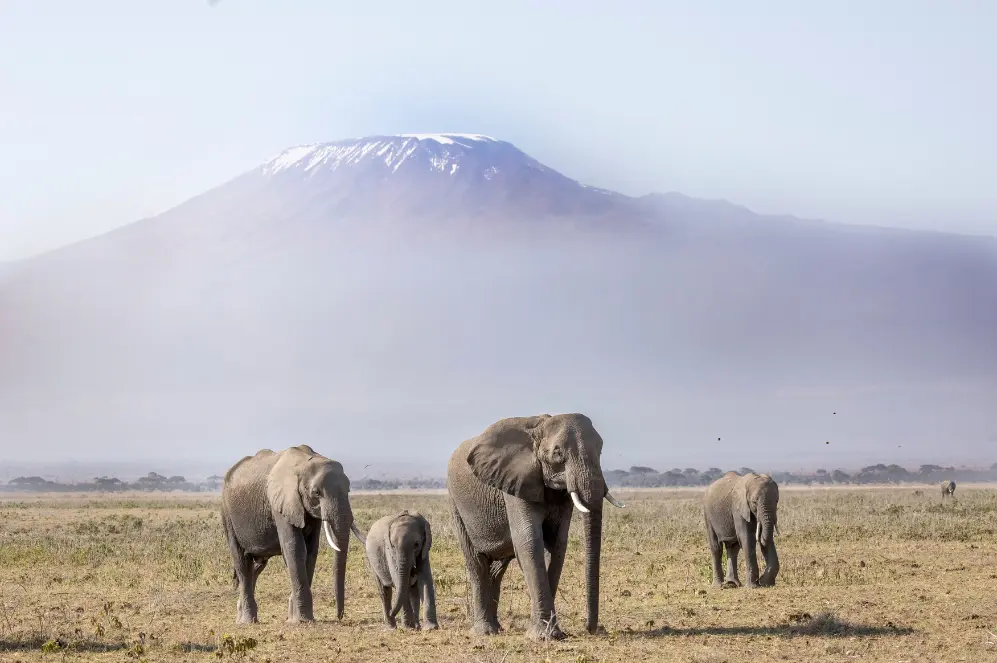
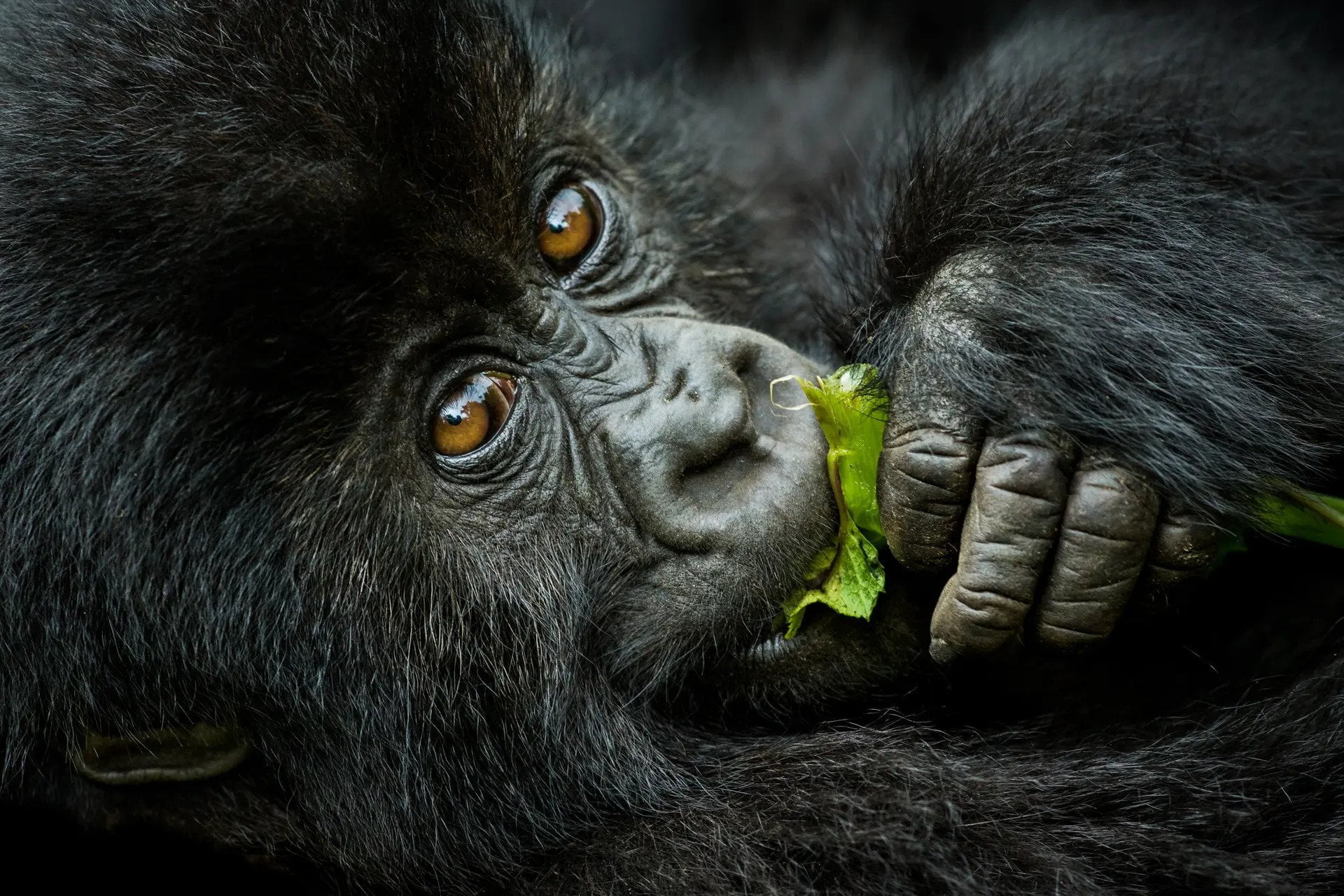
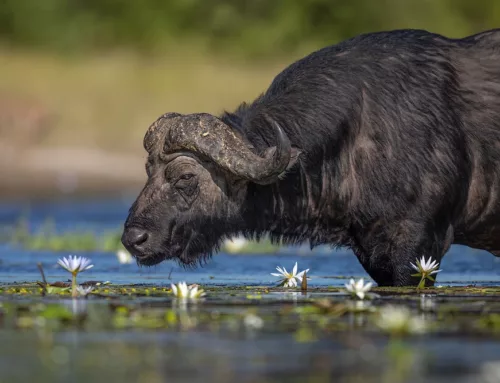
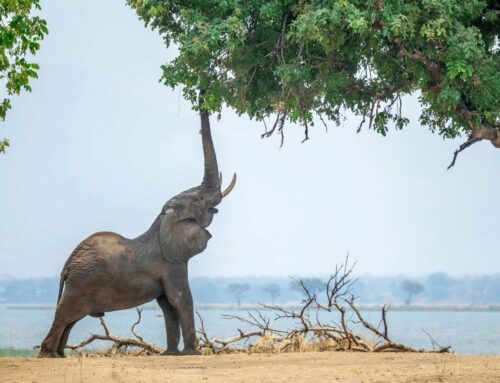
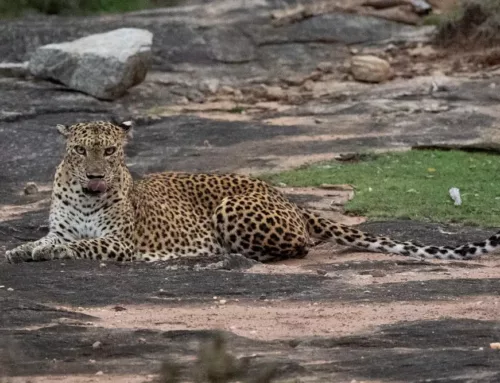
Leave A Comment
You must be logged in to post a comment.